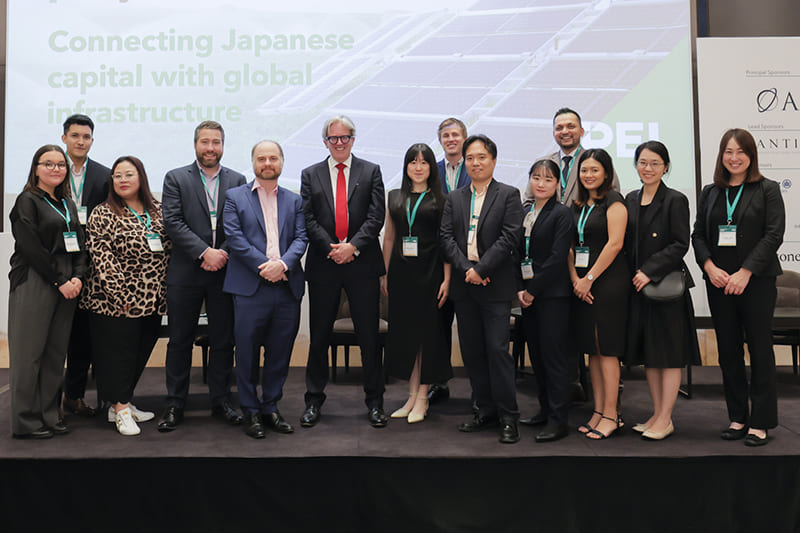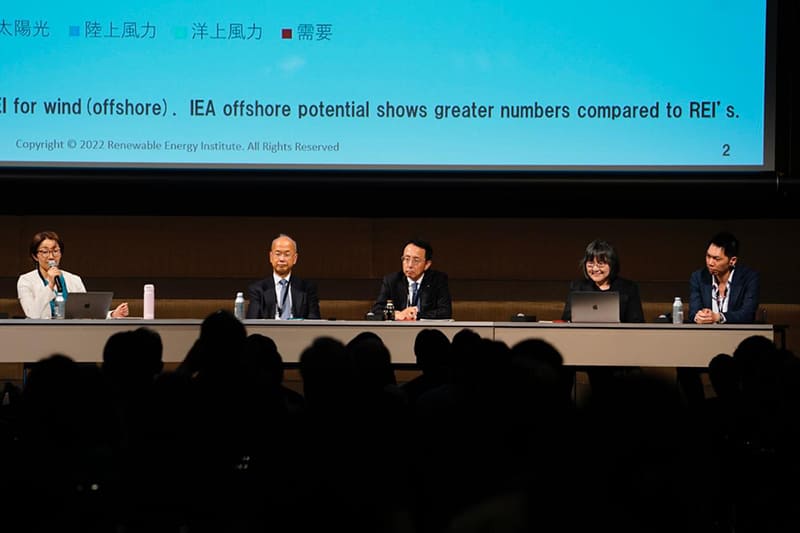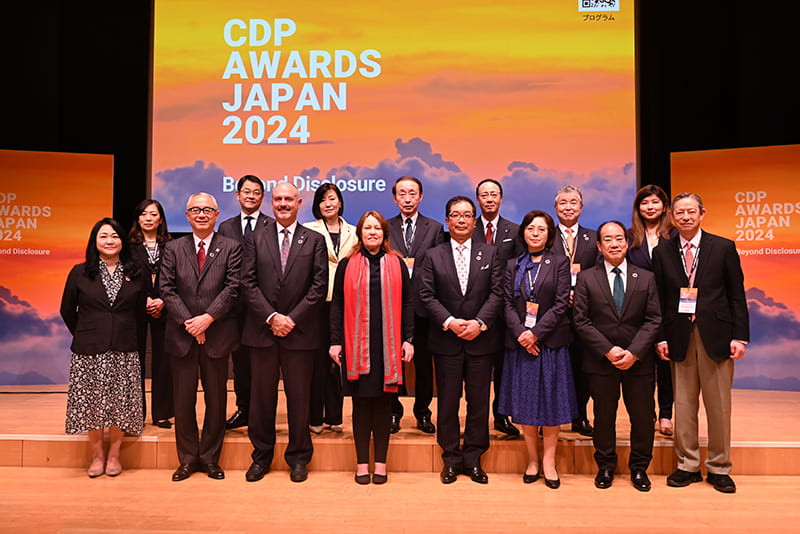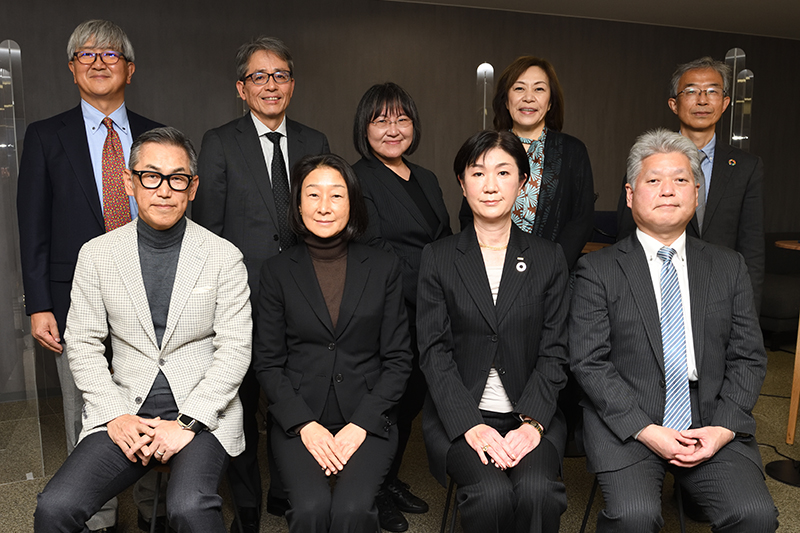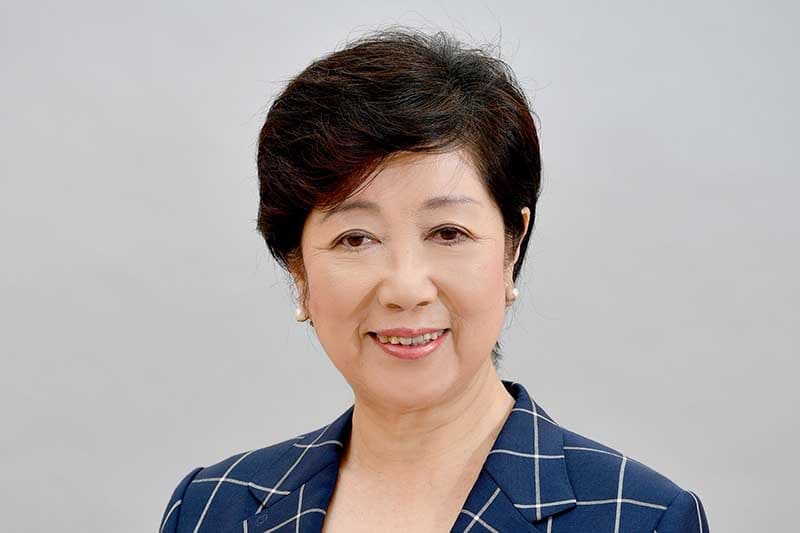May 12, 2019
Ambitious net-zero goal, but path unclear

On April 23, the draft of Japan’s first Long-term Low Greenhouse Gas Emission Development Strategy under the Paris agreement was issued, and is now subject to public comment. The Cabinet will approve the final strategy and it is expected to be officially announced before the G20 summit in Osaka in June.
This strategy is paramount, because setting a long-term emissions goal with a clear timeline would send a strong signal to businesses, investors and other stakeholders to shift their business models and investment portfolio, as well as take other actions to be aligned with the long-term goal.
However, it is not easy to understand the intentions of the draft strategy. The text is rather vague and sometimes incoherent because it tries to combine different and occasionally contradictory views. This is largely because it is based on recommendations provided by an advisory committee to the prime minister that consisted of members with diverse interests.
Nevertheless, there are several hopeful elements in this ambiguous text that may provide a reasonable basis for the Cabinet to adopt an ambitious final long-term strategy.
One element is that Japan’s ultimate decarbonization target should be achieved “as early as possible” in the second half of this century. This is earlier, and therefore more ambitious than the text of the Paris agreement, which states that the ultimate goal of “net-zero” emissions — decarbonization — is to be achieved in the second half of this century.
However, the draft strategy’s timeline is insufficiently concrete for sending a strong signal to businesses, investors and key stakeholders. Therefore, the Cabinet’s final strategy should set a more specific timeline.
The “second half of this century” covers the years 2050-2100, and “early” in this period represents 2050-2075. Therefore, “as early as possible in the second half of this century” means sometime closer to 2050. This is in line with the latest scientific findings of the Intergovernmental Panel on Climate Change (IPCC) that indicate that to limit the global temperature rise to 1.5 degrees Celsius above pre-industrial levels, it is necessary to achieve net-zero CO2 emissions between 2045 and 2055 (for 2 C this would be between 2065 and 2080).
If Japan’s long-term strategy adopts this concrete timeline, it would then be consistent with global efforts to attain the 1.5 C (and therefore the 2 C) goal. Based on this, the Cabinet should include this clearly stated timeline in its final long-term strategy.
Specific measures suggested by the draft strategy are also somewhat inconsistent. For example, on one hand it recommends reducing emissions from coal-fired power plants, the most carbon intensive form of electricity generation, in line with the long-term goal.
As the IPCC indicates, the global energy sector needs decarbonizing by 2050, and this effectively means that freely emitting coal-fired power plants in developed countries such as Japan should be phased out by 2030.
On the other hand, the draft strategy also emphasizes measures to promote carbon capture, usage and storage (CCUS) technologies, which are expected to be widely deployed only after 2030. The committee is silent about the current, major plans to increase domestic coal thermal power generation capacity by 17 gigawatts, the emissions of which will have a major long-term impact.
To be consistent with meeting the long-term goal of decarbonization as early as possible in the second half of this century, none of the planned coal-fired power plants should be built unless they are equipped with, or ready for, CCUS technologies. Therefore, in finalizing the long-term strategy, it is essential for the government to ensure that the current and mid-term emissions reduction measures are consistent with the long-term decarbonization goal.
The draft has provided the basis for the government to develop a final long-term strategy that is consistent with the aim of limiting global warming to 1.5 or 2 C. However, the draft leaves some room for the Cabinet to either strengthen or weaken the strategy.
Hopefully, the Cabinet will demonstrate the political leadership necessary to include concrete timelines and guidelines on coal-fired power plants that will be sufficiently ambitious to guide Japanese business and society toward the timely achievement of decarbonization.

